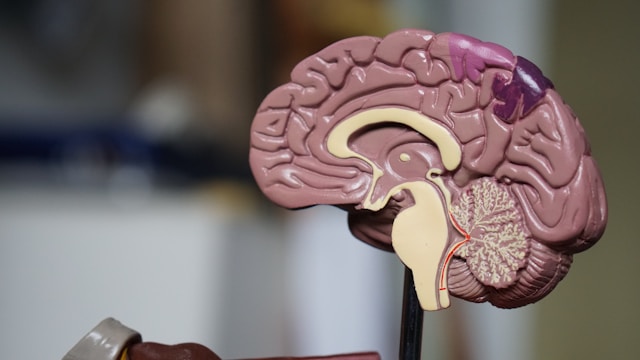In today’s rapidly evolving landscape, two seemingly unrelated sectors find common ground: healthcare and real estate. But what is driving the healthcare industry to look toward real estate innovations? This unexpected marriage can be attributed to several key factors that are reshaping health and living spaces.
1. The Shift to Preventative Care
We’re witnessing a shift in healthcare from reactive to preventative as we move into the 21st century. Potential health problems are nipped in the bud instead of waiting for them to manifest. Creating healthy environments is a key part of this strategy. The role of real estate here is crucial.
Modern real estate projects consider features like:
- Air purification systems ensure cleaner air indoors.
- Open spaces and gardens promote mental well-being and physical activity.
By living in spaces that are designed to keep us healthy, we can dramatically reduce the need for reactive healthcare measures.
2. The Rise of Telehealth
Telehealth has seen a meteoric rise in the past years. With more patients opting for remote consultations, there’s a growing need for homes and apartments to accommodate this shift.
Real estate innovations include:
- Dedicated telehealth rooms are equipped with the right lighting, soundproofing, and tech infrastructure.
- Smart home integrations that send health data directly to medical professionals.
Imagine a platform like HomesEh (https://www.homeseh.ca) that lists properties with health-centric amenities. Real estate recognizes the future of healthcare and innovates accordingly.
3. Senior Living Solutions
With an aging global population, there’s a pressing need to address seniors’ living conditions. Modern real estate explores:
- Assisted living facilities that blend healthcare and housing.
- Aging-in-place designs help seniors live independently longer.
Such initiatives ensure that seniors have comfort and access to healthcare without moving or compromising their lifestyles.
4. Urbanization and Mental Health
As urban areas become denser, more people are aware of the mental health challenges that come with city living. Real estate innovations try to mitigate these issues by:
- Green spaces reduce stress.
- Soundproofing homes to minimize noise pollution.
- Designing layouts that enhance natural light and provide spaciousness.
By focusing on mental well-being, real estate developers actively participate in the broader healthcare conversation.
5. Sustainable Living and Holistic Health
Environmental concerns have led to sustainable real estate practices. Sustainability is not just about saving the planet; it has direct implications for our health too.
Green buildings, which utilize natural ventilation, reduce artificial lighting, and incorporate non-toxic materials, contribute to a healthier living environment. There’s less indoor air pollution, reduced mold growth, and fewer allergens — all of which lead to better respiratory and overall health for inhabitants.
6. Community-Centric Developments
Modern real estate developers emphasize community-centric designs. These involve creating spaces where residents can engage in social activities, group exercises, community farming, and more. Such interactions improve mental health, reducing loneliness and isolation. By fostering a sense of community, these designs contribute directly to residents’ mental well-being.
7. Integrating Health Facilities
More housing complexes and residential areas integrate health facilities into their design. Whether it’s a gym, a yoga studio, or even a full-fledged clinic or wellness center, having these facilities within walking distance can significantly enhance residents’ health. Regular exercise, wellness check-ups, and therapy sessions become more accessible, encouraging people to take charge of their health proactively.
8. Technological Integrations
Voice-activated assistants and automated lighting are no longer the only features of smart homes. A new wave of innovation in real estate is the integration of health-monitoring systems into homes. Imagine wearables that monitor air quality in real-time, alert your family about allergens, or monitor your vitals and contact medical professionals in an emergency.
Conclusion: A Synergized Future
Healthcare and real estate convergence is more than just a trend; it’s a glimpse into a future where our living spaces actively contribute to our well-being. It’s a holistic approach to living, where every aspect of our environment, from the air we breathe to the communities we engage with, plays a part in our health. Platforms and businesses that recognize and act on this synergy, like HomesEh, are not just shaping the future of their respective industries. They are also paving the way for a healthier, more integrated society.









